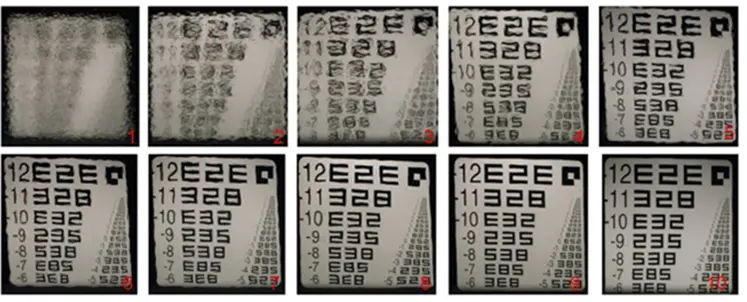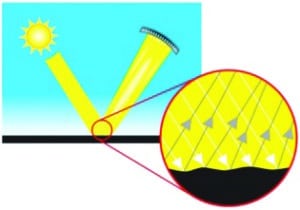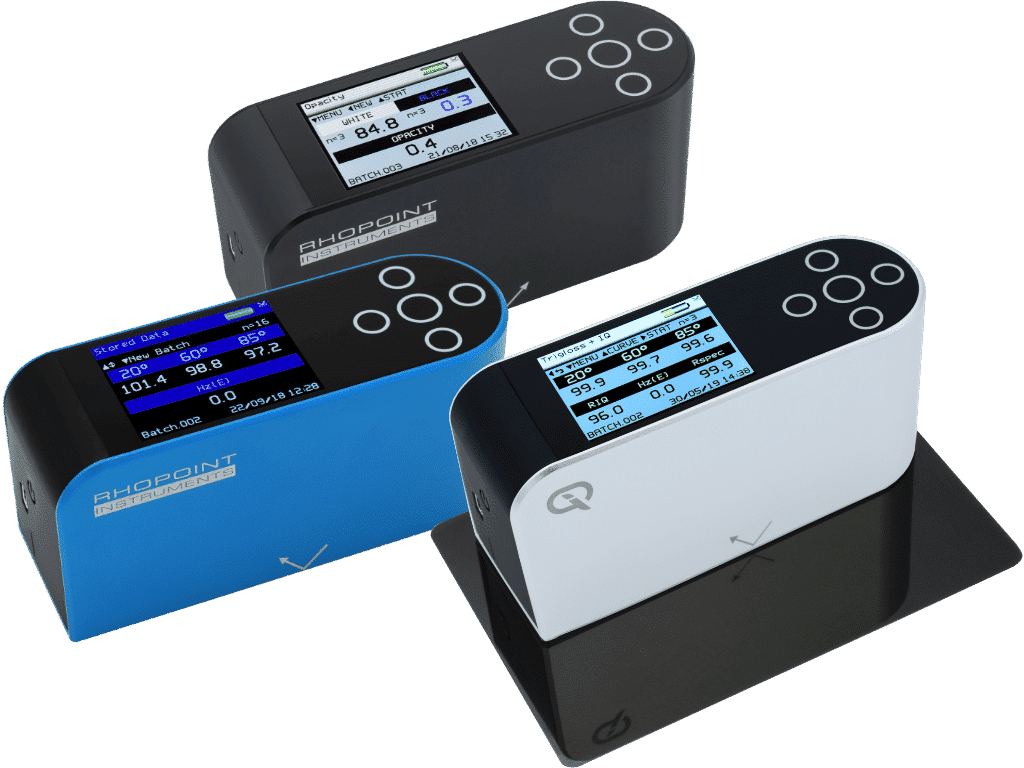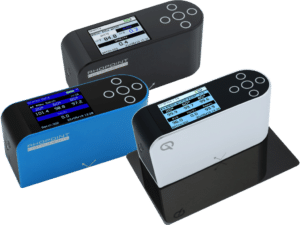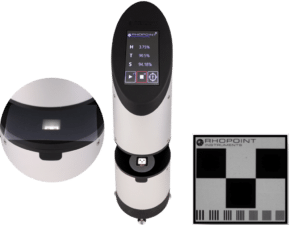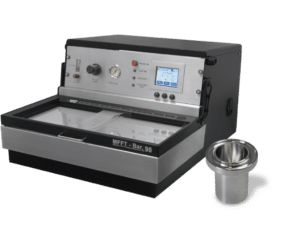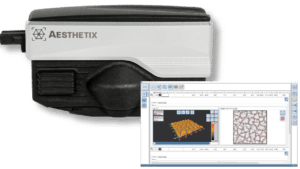What is orange peel?
When a person hears the term “orange peel” they instantly think of the outer skin of an orange and the textured appearance it has; to a coatings specialist however these words can mean a major headache in terms of how they are going to control the surface appearance of their coatings.
For many years in the coatings industry, orange peel has been used as a term to describe the visual sensation of texture on a painted surface. This texture is a combination of different structure sizes that can be caused by a number of different variable in the surface preparation and painting process.
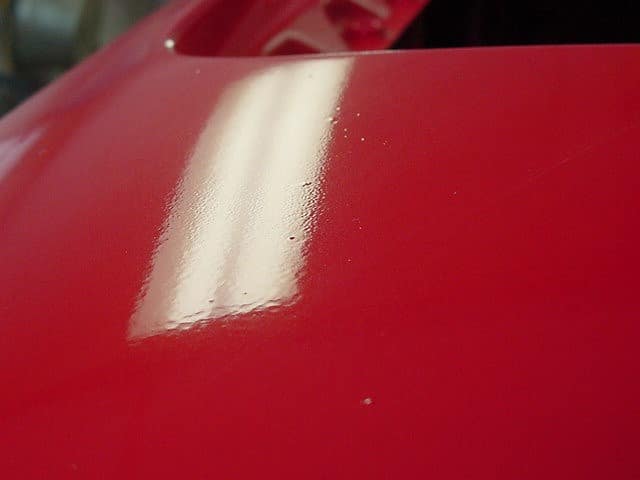
In some industries such as the decorative paint industry, orange peel is desirable as it can create an attractive patterned surface for walls. However in the automotive industry, specific actions are taken to reduce the orange peel effect to a minimum in order to give a sharp, high contrast “quality” visual sensation, so that when the car in the showroom is viewed by a potential customer they get that “wow” feeling which eventually leads them to purchasing.
Factors that influence the levels of orange peel during manufacture can be classified into specific process areas. For example, during substrate material preparation, the use of incorrect abrasive materials can create fine structures on the material surface which can cause problems later down the line during paint application. Variations in the coating itself, i.e. coating thickness, viscosity and flow characteristics, particle size distribution and raw material quality can create larger structure sizes in the finished surface; also the orientation in which the coating is applied will cause more or less orange peel to be created, vertical application will always be greater than horizontal.
So from a coatings specialist point of view, the control of all these factors is critical in maintaining consistency of surface appearance quality of the finished product.
The Rhopoint IQ can detect changes in the orange peel of high gloss finishes. This instrument is used to measure orange peel in the paint industry.
